How The 1966–1967 Season of Wilt Chamberlain Revolutionized Basketball
How The 1966–1967 Season of Wilt Chamberlain Revolutionized Basketball.
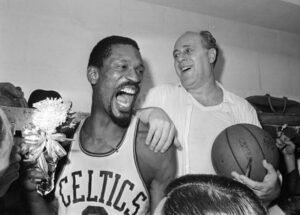
The most common error people make when evaluating Wilt Chamberlain’s career is drawing parallels between him and Bill Russell.
Yes, the striking athleticism and domination, the mobility at center, and the block revolution are all noteworthy similarities. But even though we are aware that they had their share of struggles in the past and that they were virtually tied in terms of skill set, when we look back and assess each player’s career—especially Wilt’s—comparing the two gives neither of them credit.
In actuality, Wilt Chamberlain and Bill Russell were two athletes who had similar traits. It so occurred that they employ their skill sets in somewhat distinct ways. Indeed, some could even go so far as to.
Russell had a reputation for success. Even after six decades, his rim protection may have had the biggest influence on the development of what turned out to be the league’s strongest defense to date. His gravitational impact as he got closer to the hoop and his uncommon passing ability for a center helped his teammates get better. Chamberlain’s absolute dominance at both ends was well-known. He could overwhelm everything and everyone that was in his way, leaving bewildered defenses in his wake. Before he even turned 26 years old, Wilt’s dominance led to a 100 point game, a 55 rebound game, and a season in which he averaged 50 points and 25 rebounds.
Despite the fact that the two possessed strikingly identical physical gifts, their careers took quite different paths. Russell made the most of his gifts to guide the Boston Celtics to 11 titles in 13 seasons, including eight in a row from 1959 to 1966. Chamberlain? Although he owns half of the NBA record book in personal accomplishments, he was unable to duplicate Russell’s team success. He might be as successful as Russell. He was as good at defending the rim as Russell. He might exert a gravitational force on Russell’s and other opposing defenses. What he was unable to accomplish was to synthesize everything and turn it into a championship, unlike Russell.
That is, until the 1966–1967 season, when Chamberlain discovered fresh possibilities for the league as a whole, as well as for himself, which would pay off in the future.
For both the NBA and basketball in general, the 1960s were a period of transition. Almost twenty years had passed since the league’s founding, and teams, players, and league administrators were still trying to figure out how to make the finest basketball product they could.
Going back a few years, a lot had changed when Bill Russell joined the league in 1956. Fortunately, it turned out better.
Before being traded to Boston and joining up with legendary head coach Red Auerbach—who is now inducted into the Basketball Hall of Fame—Russell was selected by the St. Louis Hawks with the second overall pick in the draft. At the time, Russell was a highly sought-after prospect, and Auerbach’s Celtics were first among clubs to try to get the.
As promised, Auerbach would hire Russell with the goal of transforming him into the focal point of a revolution. Following the selection of both HOFers Tommy Heinsohn and K.C. Jones in the same draft class, Auerbach aimed to capitalize on the way the league was heading.
The Boston Celtics offense, under Auerbach, would concentrate on obtaining the fastest open look possible. Russell would be a key component of this strategy as he is arguably the league’s most athletic player with outstanding passing and finishing skills. The Celtics’ point guard, Bob Cousey (who is also inducted into the Hall of Fame—this team has a trend), was unstoppable when he grabbed the rebound and launched the fastbreak, bringing the defense down for an easy basket. Additionally, defensively,
The Celtics’ quickest-look mentality and brilliant fastbreak offense would lead them to finish top in the league in terms of field goals attempted. The Celtics finished first in points per game, third in field goal efficiency, and attempted 101.8 field goals per game. With an NBA-best 44-28 record, ROTY in Tom Heinsohn, and the league MVP in Bob Cousy, the Celtics would have plenty to celebrate at the end of the season.
The Celtics, led by Russell, would win championship after championship for years to come, and the league took note. Throughout the next five seasons—from 1956–57, when Russell was selected, to 1960–61, when the Celtics won their fourth championship—the NBA witnessed an increase in the average number of field goals attempted, field goal percentage, and points scored per game. It’s often said that this league is full of copycats, and that’s probably because everyone has embraced the “quickest-look” approach.
Let’s welcome Wilt Chamberlain.
Chamberlain, a Kansas native, was a well-known celebrity by the age of 25. Chamberlain averaged a league-high 37.6 points and 27.0 rebounds right out of the bat. After an incredible rookie season, he had an even stronger sophomore year, topping the league in all three categories with 38.4 points, 27.2 rebounds, and 50.9% shooting from the field. His Philadelphia Warriors never advanced far in the playoffs despite winning 49 and 46 games, respectively. Nevertheless, Chamberlain appeared to be the league’s future star because to his exceptional agility and skill.
Even though Chamberlain had excellent individual on-court performance, a certain reputation was beginning to grow around his name. He was dubbed a “bad teammate” by some. Some perceived him as an egocentric individual who prioritized his own accomplishments over those of his group.
Nevertheless, Chamberlain persisted in his supremacy and eventually established himself as the league’s most talented player. The very next season, 1962, Chamberlain recorded his famous 50 point/25 rebound season in addition to his 100 point performance. Chamberlain averaged 37.6 points and 23.6 rebounds throughout the course of the following four seasons, from 1962–1963 to 1965–1966. He was transferred to the Philadelphia 76ers in the middle of the season after pushing his way out of San Francisco. Even with his own success, Chamberlain was never able to find his.
Why was Russell about to reach a double-digit ring total when Chamberlain, who averaged more than twice as many points as Russell, was supposed to be the best player in the league? The distinction was that although Chamberlain possessed Russell-like passing ability, he had a reputation for berating teammates when they missed shots he had given to them, as he would not receive credit for the assist. Indeed, he possessed Russell’s seriousness, but rather than employing it to draw blank stares, he humiliated his supporters. Yes, he had Russell’s rim protection, but he volleyball-swatted the ball to the second row, allowing the other team to score instead of tipping it on blocks to start a fastbreak.
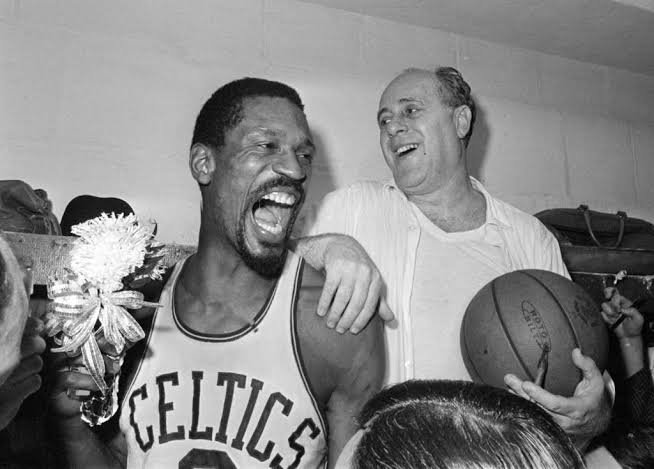
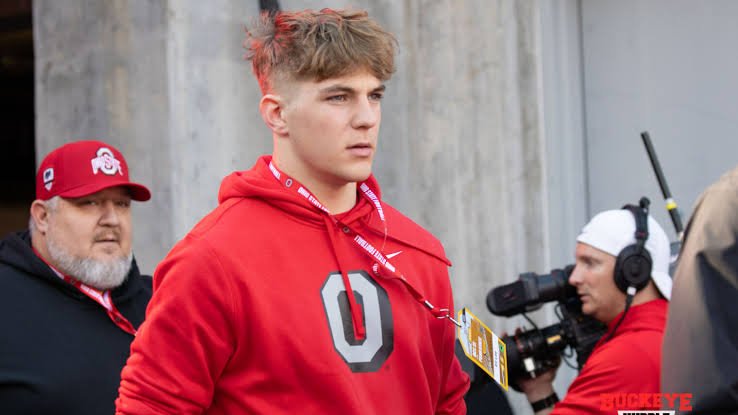
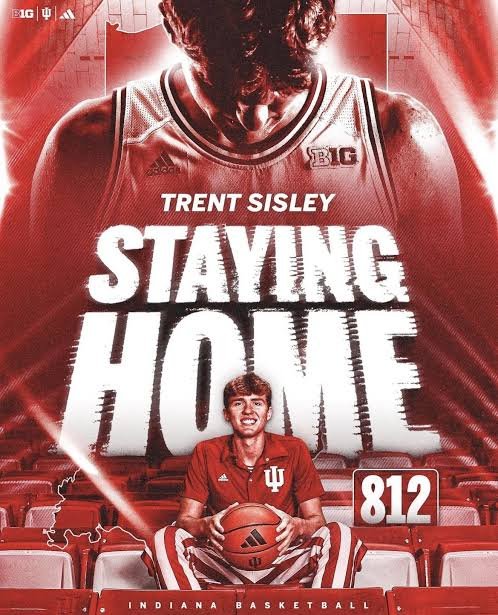
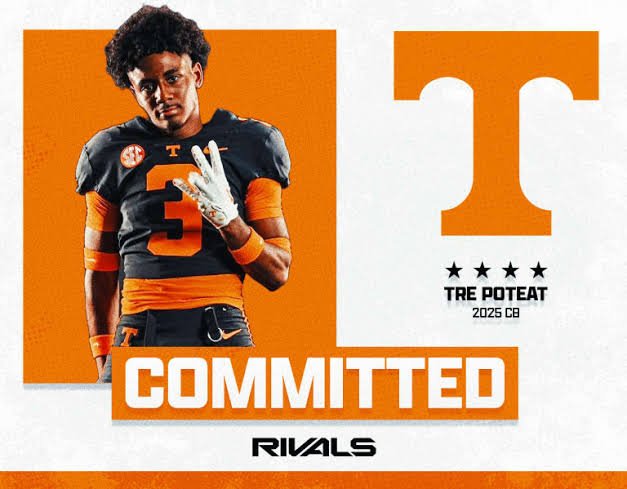
Post Comment